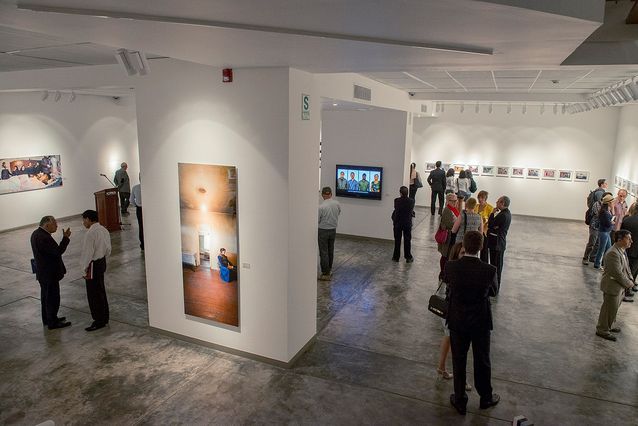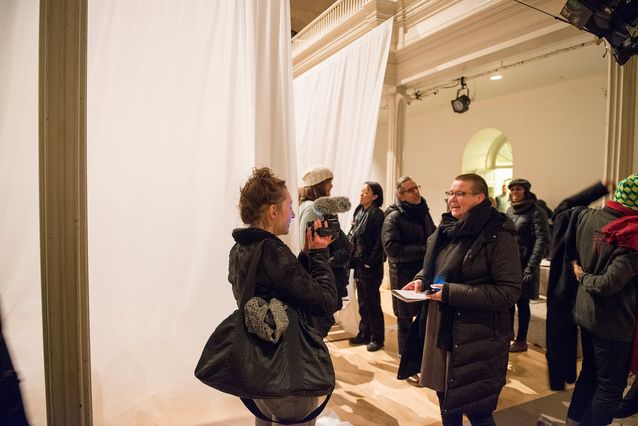Leena-Maija Rossi
Born July 5, 1962, Valkeakoski
PhD (art history and women’s studies) 1999, University of Helsinki
Fulbright scholar, New York University 1990–91
Master of Arts (art history) 1987, University of Helsinki
Executive Director 2011-16, Finnish Cultural Institute in New York
Professor of gender studies 2011, University of Helsinki
Lecturer in gender studies 2010, University of Helsinki
Lecturer in women’s studies, 2003–09 University of Helsinki
Research Doctor 2000–03, Academy of Finland, University of Helsinki
Research Doctor, 1999–2000, Academy of Finland, University of Art and Design Helsinki
Project researcher 1996-98, Academy of Finland, University of Helsinki
Docent 2000, University of Helsinki
Docent 2002, University of Turku
Research fields:
Gender and sexuality, visual culture from art to media culture, multiculturalism and intersectionality
Awards:
Magister Bonus, the Student Union of the University of Helsinki’s prize for teaching excellence, 2009
The Finnish Art Society’s art book of the year prize 1995
Photo: Kari Sainio
Written by Leena-Maija Rossi (Kaija Hartikainen ed.)
Translated by Matthew Billington


